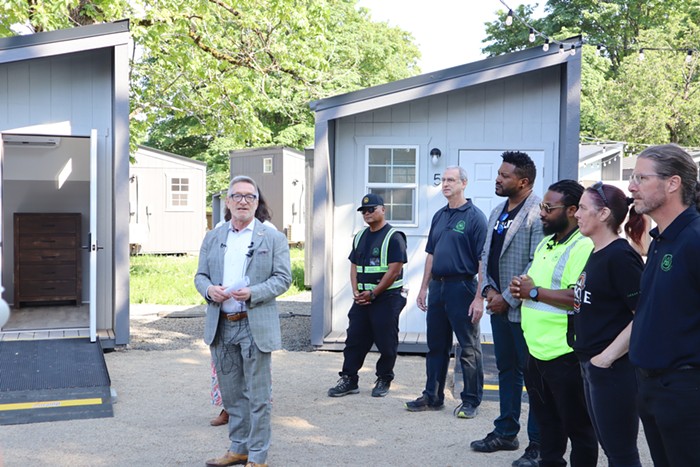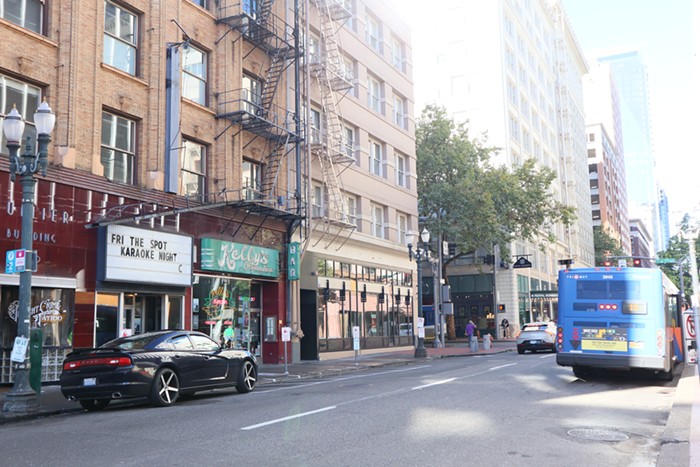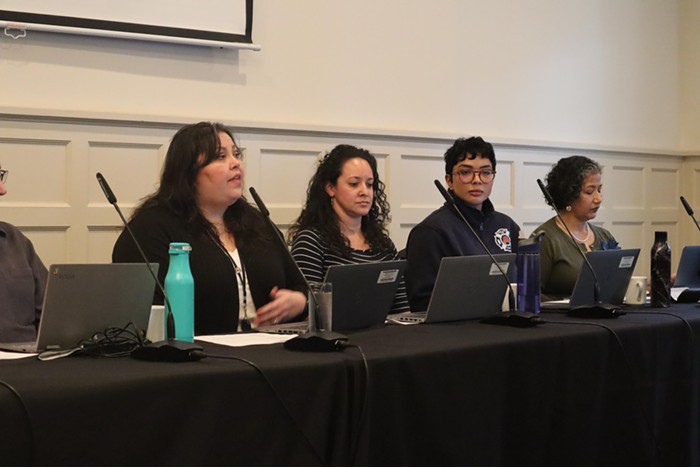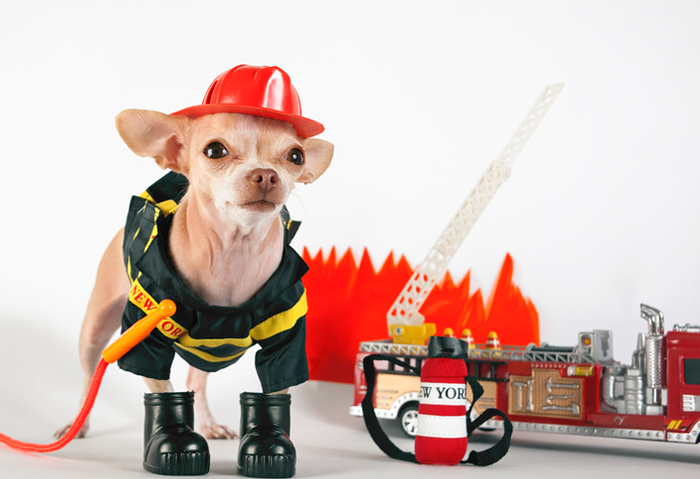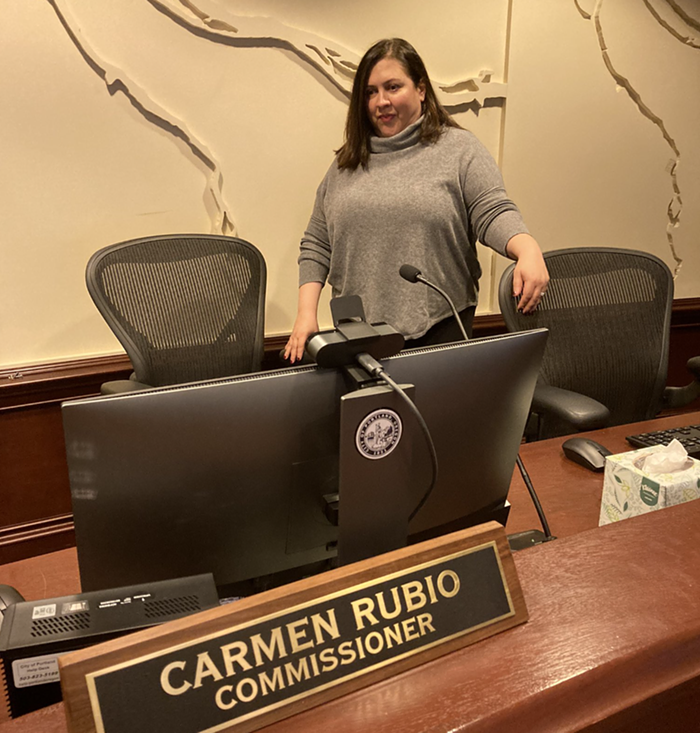UP A LONG flight of stairs from the Oregon Museum of Science and Industry's (OMSI) main door, there stands a stone arch flanked by two stone lions. For an extra $2 all summer long, OMSI-goers can cross that threshold and experience The Chronicles of Narnia: The Exhibition.
The Chronicles of Narnia, for those of you who missed the seven children's books, three movies, and three videogames, is a series by C.S. Lewis that details a Christianity-inspired magical world where British children battle evil. It stars a talking lion who represents Jesus. They're great, imaginative reads, but it's as far from science as books can get. So what is Narnia doing on display in our science museum?
I took it personally when I first heard about the exhibit that opened last weekend, with the infringement of a Christian-magic world into OMSI: One of my first jobs was as a teenage OMSI science camp counselor, wrangling kids in the blistering heat as they sorted through Eastern Oregon dirt with dental picks in search of some scrap of bone shard from long-extinct mammals. Aslan and friends belong on the other side of a clear divide from the bones of science.
On Monday, May 23, when the museum was closed, an OMSI spokeswoman and educator took me on a tour through Narnia. About half the exhibit is "artifacts" from the movie, including costumes. The other half makes some link between the movie and science—the most relevant being a wall about how humans are creating climate change, a sort-of parallel to the White Witch who altered Narnia's climate to create winter for 100 years.
"This exhibit allows us to start conversations," says Kristi Falkowski, who's been an educator at OMSI for eight years.
In museum-speak, Narnia is a blockbuster exhibit, like that dissected-people show Bodyworlds or a big Picasso show for an art museum. A number of popular fiction-based blockbusters have toured national science museums recently, starring franchises like Star Wars, Star Trek, and Harry Potter.
OMSI does not keep track of attendance or revenue derived from specific shows, but when Seattle's Pacific Science Center hosted Harry Potter and Star Wars exhibits back-to-back from October 2010 through May 2011, membership jumped 63 percent. Many museums depend on blockbuster shows to get new people in the door and use that extra revenue to support important exhibits that are not as popular.
Marketing Vice President Mark Patel says OMSI doesn't work that way. The museum's attendance has remained steady at about one million people annually over the past decade regardless of what shows are going on. Pleasing those million people a year means hosting different kinds of exhibits, says Patel, and what OMSI does is try to "layer" educational exhibits with more entertainment-focused ones.
"It's an attempt to make science content a little bit more relevant to people in their everyday life," says Mark Patel, OMSI's vice president of marketing. "We have to strike a balance. Some of our exhibits will be more focused on entertainment and getting people in the door, some will be about serious education."
Down the stairs from Narnia is Design Zone, a much more educational exhibit that gets kids to use math skills by playing various games. One game, for example, asks kids to hit a target with a ball by estimating the distance on a graph. Hardcore science stuff.
Unlike Narnia, which was designed and rented to OMSI by a private company, OMSI created Design Zone in-house. It's sort of a secret, but OMSI is one of the few science museums nationwide that actually builds its own exhibits. It has one of the three largest exhibit-building studios in the US.
Just across the parking lot from OMSI's main building, designer Ben Fleskes inhabits a warehouse that science nerds would find more magical that anything inside C.S. Lewis' wardrobe. There are currently 16 OMSI-made exhibits touring the country, all built in this warehouse stuffed with metalworking, woodworking, and electronics equipment. Twenty-one full-time staffers spend up to seven years building exhibits that can range from $50,000 one-offs to $3.1 million major works (like Design Zone), mostly funded through grants.
Parts of old exhibits crowd an IKEA-gone-wild aisle of ephemera, where a stack of plastic steering wheels shares shelf space with a model lung built from a bucket.
The in-house team allows OMSI to innovate. As Fleskes shows me around, a man in a holey sweater intently stuffs a colander into a tub of water, trying to create perfect bubbles; one eight-foot wall is taken up with a volunteer-crafted prototype Gravitram (one of those Rube Goldberg machines that sends little balls through a complex whirl of chutes). Their homegrown exhibits are then shared with other science museums—Design Zone is booked on a national tour for the next eight years. Now that's what I call popular science.

